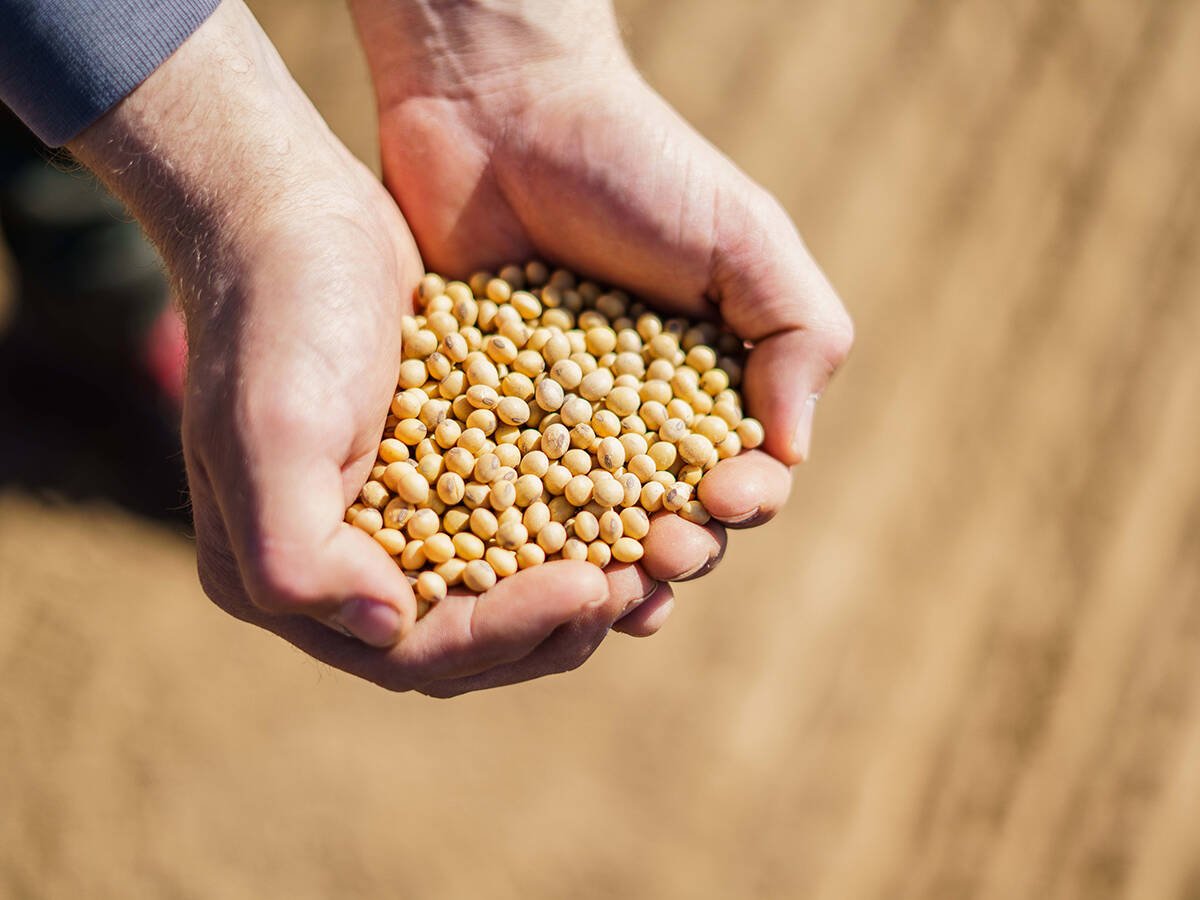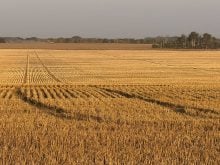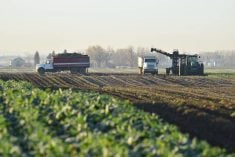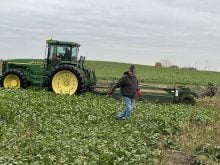FACT: There is giardia and cryptosporidium in the North Saskat-chewan River.
FACT: Livestock manure, wildlife droppings and city sewage all add bacteria into a river that is the main drinking water source for a number of towns and cities.
“They all do play a role in what we’re finding in the river basin,” said Sandra Cooke, a water quality specialist with Alberta Agriculture and project manager of a three-year study into water-borne parasites in the North Saskatchewan.
Scientists’ magnifying glasses
focused on the river recently after hundreds of people became sick after drinking tap water in North Battleford, Sask., which gets its water from the river.
Read Also

U.S. government investigates high input costs
The USDA and DOJ are investigating high input costs, but nothing is happening in Canada.
The outbreak has been blamed on the parasite cryptosporidium, which was found in the drinking water after the city’s water treatment plant was shut down for maintenance.
Cooke said her study found giardia and cryptosporidium in the river, but added the results were expected.
“It occurs naturally in 80 percent of the rivers,” she said.
The research team monitored the water flowing into the river from 19 major tributaries and places where municipal waste is dumped into the river. The study was conducted between Edmonton and Rocky Mountain House.
Four of the 16 waste sites flow year round, including Edmonton. The others discharge effluent only periodically.
Cooke said researchers wanted to identify sources where water-borne parasites enter the river.
By identifying how the bacteria enters the river, they may be able to work with municipalities and livestock owners to reduce the bacteria levels, she added.
“We’re looking at the issue and trying to develop strategies to reduce inputs from the agriculture sector.”
The report’s results are expected to be released this fall.














